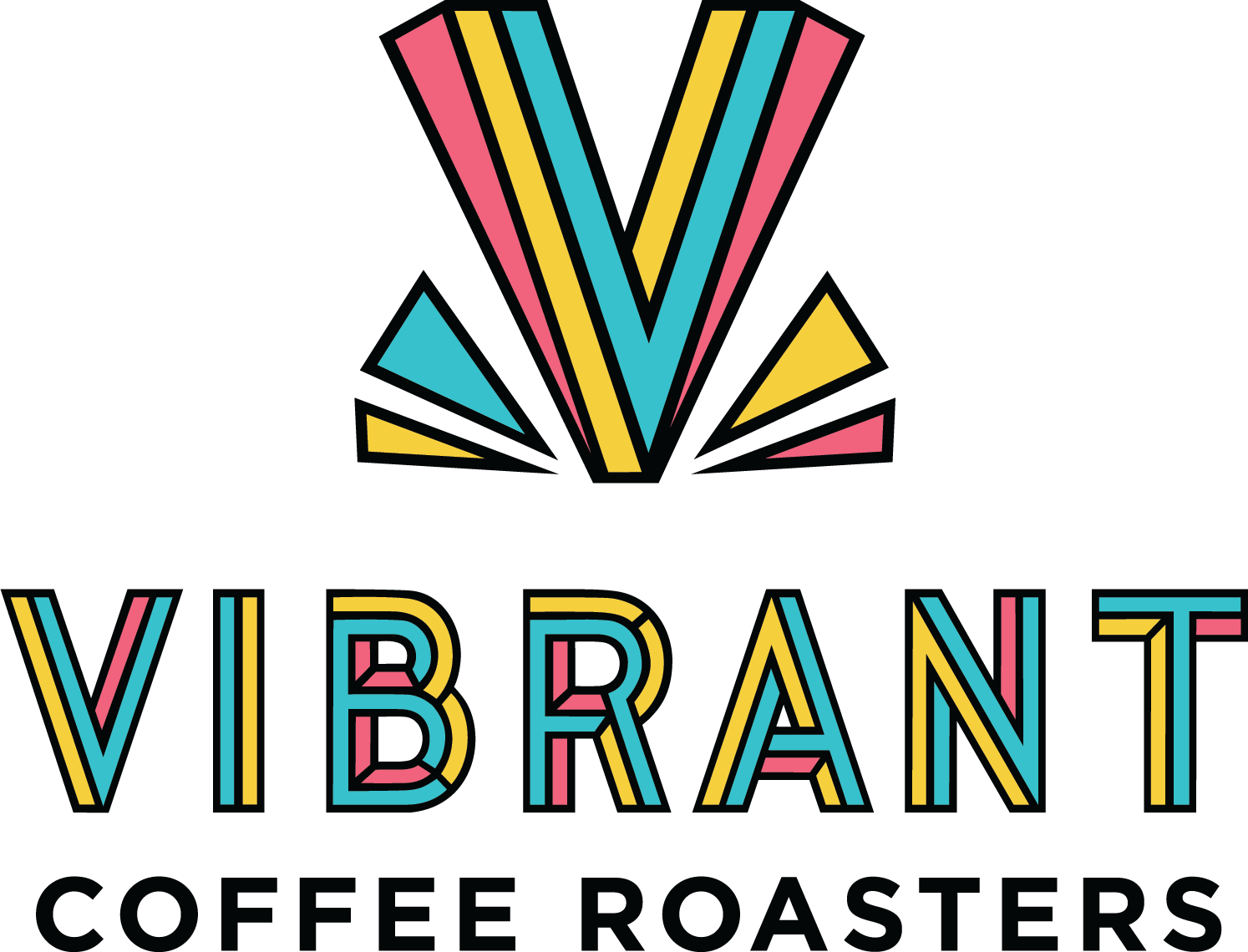Pourover Brew Water Temperature
Another day, another gimmicky coffee brewing technique to evaluate. This time it’s pourover brew water temperature. For light roasts, we recommend using essentially boiling water (we set our kettle to 211 F). For some people, with some light roasts coffees, slightly cooler water, say 205 F, can give better results. That isn’t what this post is about. This post is about the trend of using cooler water for your final pour(s) when doing a pourover. So you still start with boiling, or close to it, water for your bloom and your first main pour(s), but then you drop the water temperature to finish the brew.
The proponents of this method often say that since most of the extraction happens early in the brew, using cooler water later doesn’t have any detrimental impact to your brew, and can help prevent astringency or improve clarity or just plain make the brew taste better in some other way. While it is true that most of the extraction is done in the early part of the brew, it is absolutely not the case that no additional extraction is happening during the second half of the brew. The easiest way to see this is to do a normal brew at let’s say 17:1 ratio, and then do another brew at let’s say 12:1 ratio and then dilute it when you have finished so that the strengths of the two brews are the same (or at least close to it - if you add the exact amount of “missing” brew water to the 12:1 brew, it will actually end up slightly weaker than the 17:1 brew. The goal here is to compare flavor profile without strength influencing it, so you do want to have them have as close to the same strengths as possible). Then taste these two brews - they are clearly different. The 17:1 brew will be extracted more, so, depending on the coffee, it will be sweeter and have more clear origin character than the diluted 12:1 brew, which will be more sour and have less clear origin character. Please note that the diluted 12:1 brew may taste better than the 17:1 brew. It all depends on the coffee and your personal flavor preference. For example, with a really funky anaerobic, the 17:1 brew would likely taste boozy and perhaps just not very pleasant, but a diluted 12:1 brew of it can taste fruity and balanced. With a high quality washed coffee, the 17:1 brew will taste better most of the time.
Anyway, we were somewhat curious about this cooler water at the end thing, so we did a simple test. Three brews using our Ethiopia Laayyoo Natural, full strength Third Wave Water, a steel burr Baratza Vario grinder, and our standard V60 recipe. For the first brew, we used boiling/211 F water the whole way. For the second brew, we used boiling/211 F for the bloom and first main pour, then used 190 F for the final main pour. For the third brew, we used boiling/211 F for the bloom and first main pour, then used 170 F for the final main pour. Tasting was done blind, with the coffees at as similar temperatures as possible (the cooler water later in the brew actually helps a lot with getting them to the same temperature as normally the issue when testing different grind sizes or brew ratios is that the first brew ends up being the coolest because it has had the most time to cool down).
Here are the results:
211 F the whole way - 4:25 brew time. Grape juice, blueberry, peach, flowers, milk chocolate, sweet, good acidity. This is the fruitiest.
190 F for the final pour - 4:47 brew time. Thinner. Floral, but lacking roundness and depth. Almost like flowers plus a generic brown coffee taste. Not fruity.
170 F for the final pour - 5:38 brew time. Not floral. Not really fruity either. Just kind of bland. When it has cooled more there is a hint of lemon and a slight hint of berry in the finish. Underwhelming.
Honestly, these results are not surprising at all. Hotter water just means more extraction faster. With good light roast coffee, as long as you aren’t getting channeling, in general (the exceptions to this are a discussion for a different day), the higher your extraction, the better, as you just get more sweetness and more origin character. If the coffee is fruity, you get more fruit. If it is floral, you get more flowers. If it is chocolate-y, you get more chocolate. Etc.
Now, as always, your mileage may vary. A funky anaerobic might again be a coffee where purposely lowering the extraction might make it taste better. We’d still suggest just grinding coarser rather than dropping the end brew water temperature, but it wouldn’t be a terrible strategy if you really wanted to do that. Different grinders, water compositions, coffees, and your own flavor preference may result in you getting the exact opposite results to what we’ve gotten. But, as a starting point, we do NOT recommend lowering the brew water temperature halfway through your pourover with our light roast coffees.
Have you tried this? What have you found? Email us at coffeeisafruit (at) vibrantcoffeeroasters (dot) com to nerd out!

